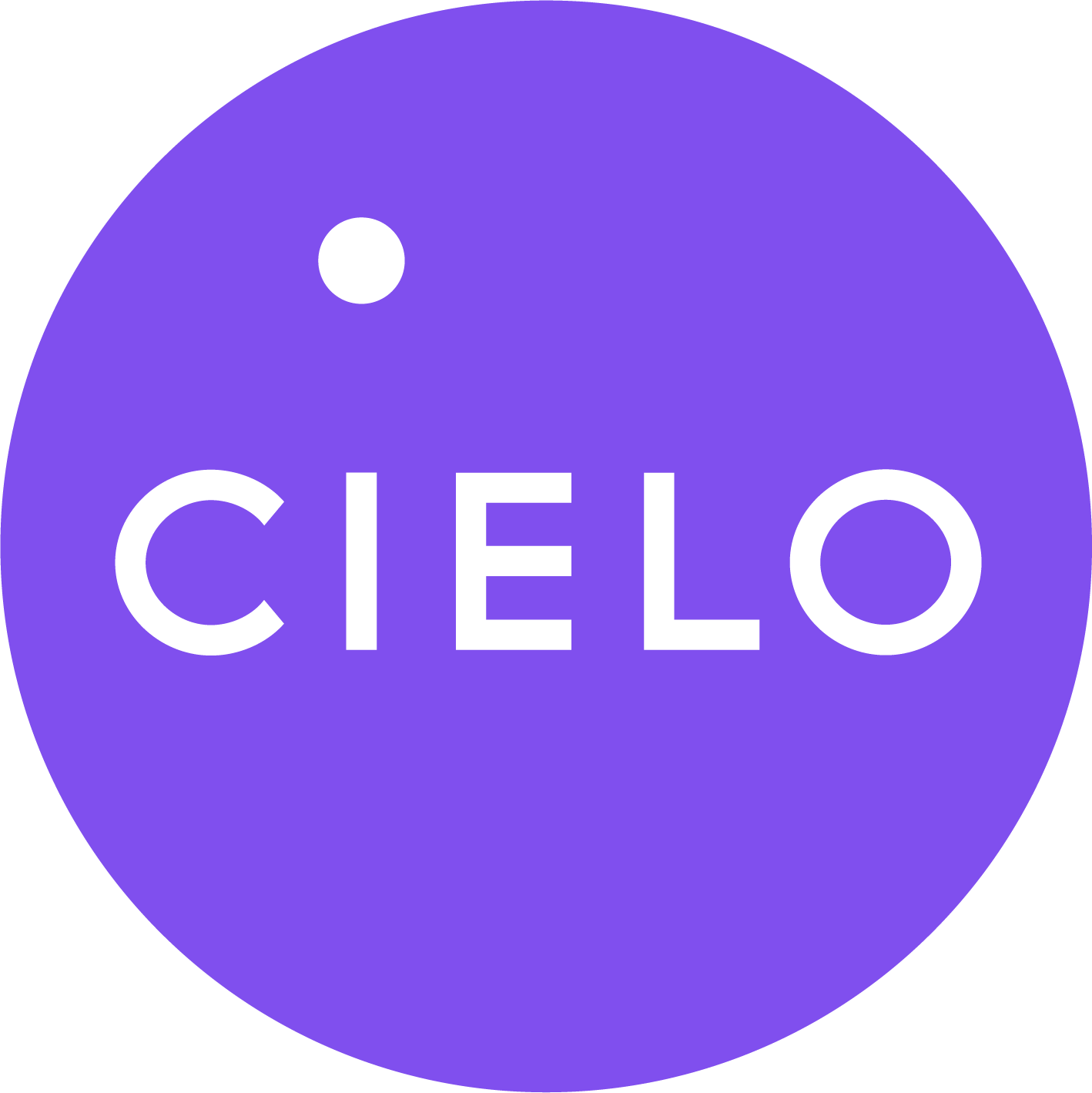The speed, efficiency and personalisation offered by digital technology has transformed our experiences as consumers and customers and reshaped our expectations of what’s possible. For digital natives and millennials, consumer-grade efficiency and insta-communication is the norm. Unsurprisingly, they have high expectations of potential employers and they look for flexibility and efficiency in how they manage their working lives. By 2020, 50% of the global workforce will be made up of this generation, which begs the question, how should employers respond?
Organisations need to step up and ensure that their processes are innovative and slick and offer a high-quality experience throughout the employee lifecycle. This is particularly important at the onboarding and induction stage to protect the investment made in securing a “yes.” Informing and interacting intelligently will help cultivate a positive mindset in the new hire and minimise attrition.
Functionality across social networking sites, web and mobile applications, cloud-based tools and talent acquisition software is evolving rapidly and completely transforming HR and talent acquisition processes – making it easier for organisations to deliver a positive experience. Smart career sites, which incorporate a range of these technologies, can deliver both a consumer-grade experience and sophisticated date insights, boosting talent acquisition sophistication and success.
The Cost of Lagging Behind
Unfortunately, many organisations are finding it hard to keep pace with change. And we all know that employee turnover can cost businesses a lot. Providing a comprehensive onboarding programme for employees (millennial or otherwise), means that at least 58% of new joiners will stay a minimum of three years (according to Urban Bound Research). Organisations often think that the “magnetic pull” created by strong employer branding, supported by an effective talent acquisition strategy, is all an organisation needs for retention. Unfortunately, this cannot always guarantee that a candidate will remain faithful – especially if the onboarding process is lengthy and laborious. According to Oxford Research, 90% of joiners decide whether to leave within the first six months of a new role.
Cielo’s own research performed in 2017 found that HR Leaders believe a robust onboarding process is a hugely important (but often overlooked) means of ensuring that quality hires swiftly become engaged, productive and contented employees. Despite what is known to Talent Leaders based on qualitative and quantitative data, the survey results were very surprising:
• Only 40.4% of our survey’s respondents said that they have a robust onboarding plan to maximise the engagement level of new hires.
• Just 42.3% have an onboarding plan for some, but not all their roles
• Nearly 20% entirely lack any formal onboarding plans for their organisation
Of the 17.3% respondents who didn’t have a proper onboarding plan for new hires, a few said that a globally standardised process implemented by smart technology could work well. While some of the respondents were in the process of developing an effective engagement process that adopted different approaches to different hires, others were more inclined to develop clarity on what constitutes a good strategy. The good news is that it’s possible to make a quantum leap forward by embracing the right tools, platforms and philosophy.
The Right Building Blocks
Creating a successful onboarding strategy and induction process is challenging and can take a great deal of resources to achieve the best results. If you are currently creating or re-evaluating your onboarding process, you may want to consider the following principles:
1. Integrate your values throughout the process. Values determine the quality of the working environment and are a good guide to day-to-day experience. They should be emphasised, to help the new joiner understand the culture and visualise their future experience. Tying them back to why the employee was hired will help ensure their success and productivity. Values are also a good benchmark of the kind of candidate experience you should be delivering. If you promise to be “agile” and “innovative,” it’s reasonable that the candidate/new joiner will expect you to be responsive, adaptable and creative/cutting edge in your interactions with them.
2. Build confidence and be clear about the big picture. Ensure that you inspire confidence and belief in personal and collective capabilities – if the individual understands their role and how it contributes to the fulfilment of the organisation’s purpose and vision, this fosters a sense of loyalty and the ability to view the importance of their activity.
3. Encourage high performance and creativity. Presuming that the candidate has had a fantastic pre-employment process, the experience needs to continue once a candidate has joined. Organisation is key here. Yes, ensure that laptops are given on time and the employee has all they need when they start, but also push the boundaries: Can an online community be created to welcome the individual and provide collaboration? Could a presentation from the department help the individual to meet all colleagues and understand the business? Would strengths-based assessments enable new joiners to perform in their “sweet spot” – where passion and talent combine for maximum value?
4. Support diversity and inclusiveness. Taking a systematic approach to diversity and inclusion and integrating efforts with the organisation’s onboarding strategy can be as straightforward as matching diverse new hires with peer mentors from the same gender and/or ethnic background. The bottom line here is about encouraging individuals to be themselves, so it’s important to train your people to be open to different perspectives and to consider how these can add value and richness to business outcomes and working life.
5. Choose your partner wisely. The right partner can help you create a gold-class onboarding experience, and many of them will have already done the hard work for you in terms of technology, people and process frameworks. Work out your objectives and measures of success in advance. That will help your evaluation process. Interestingly, in the recent Cielo report “European Talent Acquisition Trends: Productivity, Profitability and Personal Impact,” only 15% of organisations who utilised RPO had concerns around their onboarding process – an indication that utilising a supplier can help to alleviate resource issues around this area.
Whichever strategy you choose, research strongly suggests that taking steps to provide a consistent, positive onboarding experience will improve your retention and improve time-to-performance in new joiners. The onboarding process should be as personal as possible, reinforcing employer brand and operating as a platform to learn more about the employee. This is where experts like Cielo can help companies by building a coherent and proactive strategy. Providing a positive candidate experience and ensuring talent is retained throughout the talent acquisition process to the onboarding of the candidate.

Post contributed by Dawn Hollingworth, Cielo’s Director of Brand Strategy & Creative Services. You can connect with her on LinkedIn.
